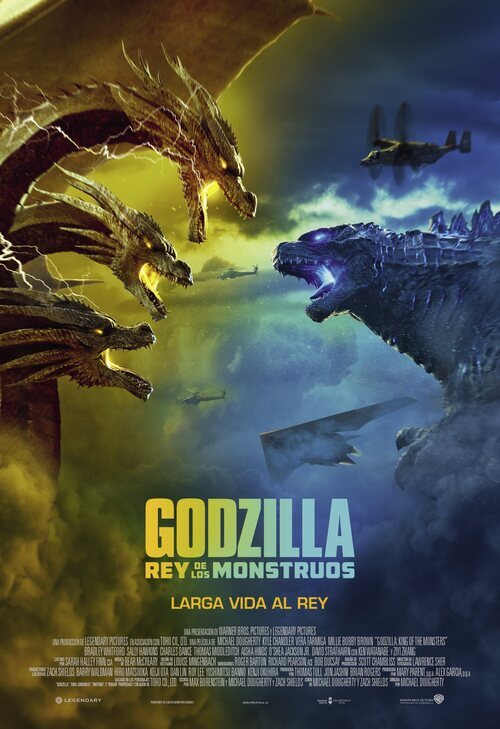
- #PICTURE THIS MOVIE TRAIILER HOW TO#
- #PICTURE THIS MOVIE TRAIILER SERIAL#
- #PICTURE THIS MOVIE TRAIILER FREE#
Among the trend setters were Stanley Kubrick with his montage trailers for Lolita ( 1962), Dr. Textless, montage trailers and quick-editing became popular, largely due to the arrival of the New Hollywood and techniques that were becoming increasingly popular in television. In the early 1960s, the face of motion picture trailers changed. Most trailers had some form of narration, and those that did featured stentorian voices. Until the late 1950s, trailers were mostly created by National Screen Service and consisted of various key scenes from the film being advertised, often augmented with large, descriptive text describing the story, and an underscore generally pulled from studio music libraries.

Today, more elaborate trailers and commercial advertisements have largely replaced other forms of pre-feature entertainment, and in major multiplex chains, about the first 20 minutes after the posted showtime is devoted to trailers.

#PICTURE THIS MOVIE TRAIILER SERIAL#
Later, exhibitors changed their practice so that trailers were only one part of the film program, which included cartoon shorts, newsreels, and serial adventure episodes. The practice was found to be somewhat ineffective, often ignored by audiences who left immediately after the feature. Trailers were initially shown after, or "trailing", the feature film, and this led to their being called "trailers". Granlund was also first to introduce trailer material for an upcoming motion picture, using a slide technique to promote an upcoming film featuring Charlie Chaplin at Loew's Seventh Avenue Theatre in Harlem in 1914. As reported in a wire service story carried by the Lincoln, Nebraska Daily Star, the practice which Loew adopted was described as "an entirely new and unique stunt", and that "moving pictures of the rehearsals and other incidents connected with the production will be sent out in advance of the show, to be presented to the Loew's picture houses and will take the place of much of the bill board advertising". Here is a list of online sites, programs, and apps that kids can use to make their own book trailers.The first trailer shown in an American film theater was in November 1913, when Nils Granlund, the advertising manager for the Marcus Loew theater chain, produced a short promotional film for the musical The Pleasure Seekers, opening at the Winter Garden Theatre on Broadway. There are many choices for your movie making - apps and desktop programs. Sometimes you will have to export your movie to a different format. Upload to YouTube, SchoolTube, or Vimeo after getting permission from an adult.
#PICTURE THIS MOVIE TRAIILER FREE#
If you need background music, check out this list of royalty free songs.Īfter you make your movie, share it with your audience. If you’re narrating, make sure you speak loudly and slowly. The next step is to add in text, transitions, titles, and audio. (If you’re searching for photos on the Internet, ask your parent or teacher for help to find royalty-free photos.) Add in the visuals first with photos, drawings, or video clips.

Use your storyboard as a guide and start making the movie. When you’re done writing, pick one of the movie making programs or apps listed below. Something like - how will the kids survive? or will they ever see home again?

Often, asking questions is a way to give a good hint. You won’t want to give away the ending but you do want to drop hints. Where will you start? What will you tell next? How do you want your mini-movie to end?ĭon’t forget to tell viewers the name of the book and the author. So on your storyboard, plan out each scene with the script of what will be shown visually as well as you’ll narrate or have written in text on screen. There are TWO PARTS to writing a storyboard - the visuals, what you’ll show on the movie screen and the audio, what narration (and music) will be happening with those visuals. The first step, of course, is to select and read the picture or chapter book for your book trailer.Īfter you finish reading, it’s time to write a storyboard (or script) of how the trailer will go.
#PICTURE THIS MOVIE TRAIILER HOW TO#
How to Make Your Own Book Trailer (for Kids)


 0 kommentar(er)
0 kommentar(er)
